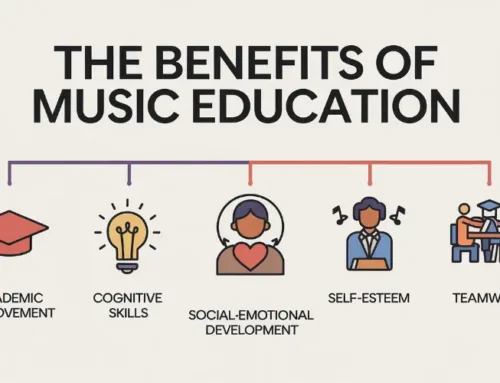Hey friends! Do you ever feel like music theory is separate from playing your instrument? Are you memorizing all these terms and rules but not learning how to use them to make music? I’ve so been there. But good news – there are super effective ways to blend theory and practice so they start working together.

The big trick is to start applying concepts as you learn them. Don’t just study chord progressions – use them right away to write a simple song! It makes theory feel useful instead of random facts.
You can also look at tunes you already know and break down the rhythm, intervals, triads, and all that good stuff. Suddenly, theory gets way more enjoyable when you see how it works in real music.
Another good technique is listening actively. Be on the lookout for chord changes, cadences, accents, and all the building blocks while you play or listen to songs.
It trains your ear so you can easily pick up on those details. Over time, your brain starts making connections between theory and sound.
I’ll let you in on a secret – theory describes patterns composers follow. But the most remarkable artists break the rules and make new paradigms all the time! So, think of theory as something other than set-in-stone laws. Experiment and improvise as you learn.
Educators, mix up your teaching between talking and doing. Don’t just lecture on concepts – get students to play exercises on their instruments right away.
Make the lessons interactive through call-and-response, jams, and reacting to each other. Keep it hands-on and let them hear/feel how it all comes together.
Pick pieces that use the theory you’re teaching, too. Baroque inventions are great for counterpoint.
Matching repertoire to concepts sticks them in your brain and body faster. End each practice session with improv over the lesson’s scales, arpeggios, and progressions.
The goal is to turn dry old theory into useful musical tools. Weave everything together instead of separating knowledge into boxes. Blending theory and practice will bring your music to life in brand-new ways. Try it!








Leave A Comment
You must be logged in to post a comment.